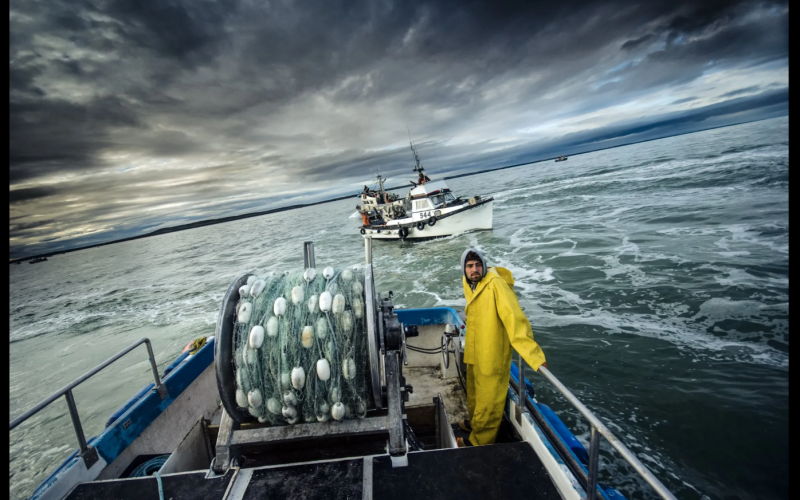On the cusp of this year’s Bristol Bay salmon season, some processors have posted incentives that could put ex-vessel prices for sockeyes at a total of around 80 cents per pound.
Alaska’s Best Seafoods, formerly Ekuk Fisheries, will take over the facilities at Ekuk fisheries. Jerry Ball, the company's CEO, sent out a fleet letter stating a base price of 70 cents, but that depends on whether base prices among other processors change at the beginning of the season or to match the prices of other companies. Alaska’s Best will pay premiums for clean slush iced, floating salmon at the time of delivery.
Though it sounds like a profound boost in light of what fishermen received last year, there’s a hitch, especially for fishermen who have invested tens of thousands of dollars into refrigerated sea water (RSW) systems. For them, the base price in the equation still stands at 50 cents. Or, to put it another way, fishermen practicing quality control measures last year basically received a base price of 20 cents.
At a 30-cent premium, investments upwards of $50,000 for the purchase of a 10-ton RSW system and another $20,000 for the installation of the unit would require deliveries of 234,000 pounds of sockeyes to realize the return on investment. Meanwhile, it would take 350,000 pounds of fish testing between 38.1 and 44 degrees to realize the same ROI.
Theoretically, and with no other operating costs in the mix, fishermen on the high end of the production spectrum could pay for their systems in a couple of years, but an overarching assumption in that equation is the timely delivery of their fish.
Despite a lower run forecast of 39 million sockeyes for the upcoming season, this year’s limited processing capacity in the Bay may translate to fishermen holding chilled fish in their boats until the plants get caught up. That could mean missing lucrative flood tides in the peak of the run.
Though Silver Bay Seafoods announced its acquisition of Peter Pan Seafoods in Dillingham, Port Moller and King Cove in April, it has not announced whether those plants will operate in time to process this year’s Bay harvest. In years past, excess fish from peak openings in the Bay were shipped on tenders to Peter Pan facilities at Port Moller or King Cove - or both.
In 2022, fishermen received similar incentives for chilling, bleeding, floating and other added quality measures (such as fewer fish per brailer bag) on top of base ex-vessel prices of $1.15 per pound, which put their overall ex-vessel prices in the neighborhood of $1.50 per pound.
The new incentive structure supersedes past practices and relies solely on core temperature. A looming question is how core temperatures will be monitored and may require the use of remote sensors to ascertain that the loads of fish are chilled to the specifications.
For fishermen who can’t afford RSW systems and don’t have easy access to ice, this year’s ex-vessel prices will likely mimic last year’s, and that’s not a comforting thought.
“The 50 cents hit hard,” says Danielle Larsgaard, a set netter from Igushik. “With the 50 cents last year I had to work three jobs to make ends meet.”







